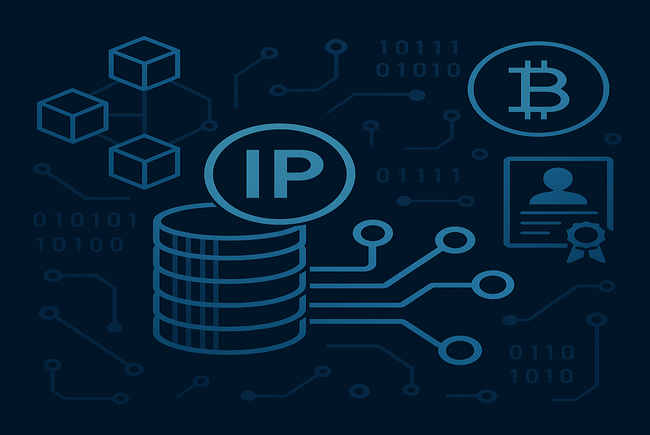Token Distribution Models refer to the various methods used to allocate tokens in a blockchain project. These models determine how tokens are distributed among different participants such as developers, investors, and the community.Common methods include Initial Coin Offerings (ICOs), where tokens are sold to raise funds for a project. Another approach is airdrops, which involve distributing free tokens to holders of an existing cryptocurrency to encourage usage and build a community.Some projects use mining or staking as a way to distribute tokens based on the contributions of users. This can incentivize participation and investment in the network. The choice of distribution model affects the project’s long-term sustainability, governance, and user engagement. A well-structured model can promote fairness and establish trust among participants, while a poorly designed model may lead to centralization or lack of community support. Understanding token distribution models is crucial for evaluating a project’s potential success and its alignment with investors’ and users’ interests.

UK’s FCA to Allow Retail Investors Limited Access to Crypto ETNs
The UK’s Financial Conduct Authority (FCA) will permit retail investors to access certain crypto asset-backed exchange-traded notes (cETNs) for the



